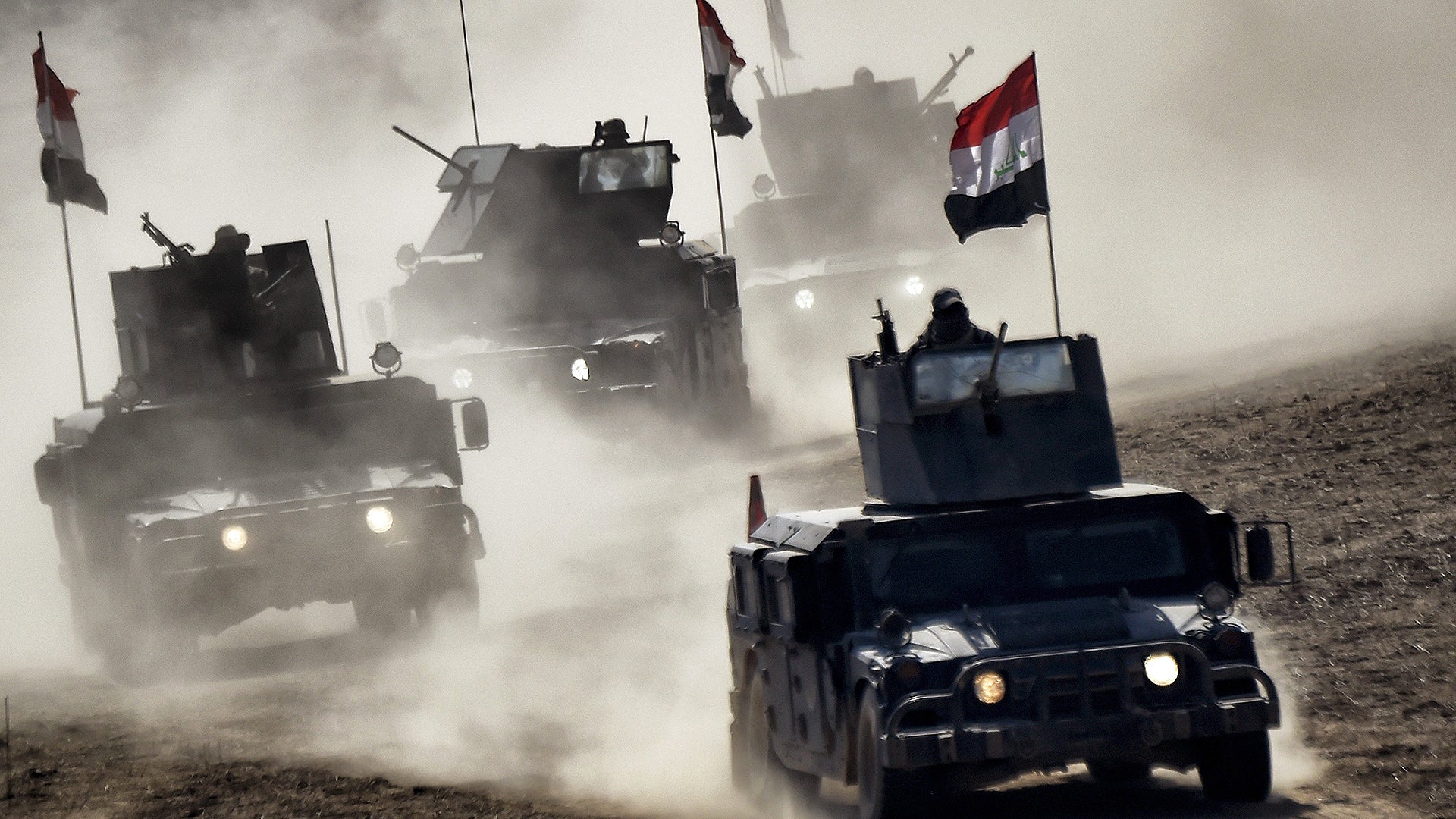The U.S. Army is sending hundreds more troops to help with Iraq’s ongoing campaign to liberate Mosul from Islamic State. Meanwhile, U.S. special operators have moved to the front lines in the urban fight and are trying to blend in as they work with their Iraqi counterparts deep within the city. These are just some of the indications the White House has and continues to develop new polices in the fight to exterminate ISIS from the war-torn country.
On March 27, 2017, various
reports described the impending arrival of two companies of soldiers from the 2nd Brigade Combat Team, 82nd Airborne Division, based at Fort Bragg, North Carolina – roughly 200 to 300 individuals, depending on the exact composition of the units. Officially, these troops will be there to aid Iraqi troops.
“This is not a new capability,” Army Colonel Joseph Scrocca, a spokesman for Combined Joint Task Force – Operation Inherent Resolve (CJTF-OIR), told ABC News. “It provides more advise and assist assets to our Iraqi partners.”
Though the Pentagon has not offered any further official details, the additional troops from the 82nd Airborne will likely help coordinate an increasing number of requests for air and artillery strikes from Iraqi and Kurdish forces in and around Mosul. The announcement came amid a dramatic uptick in total American attacks against Islamic State in general, as well as their apparent ferocity.
And earlier in March 2017, pictures began to emerge of special operations forces, possibly U.S. Navy SEALs, right on the front lines of the fighting in Mosul’s western neighborhoods. Though clearly American—many have U.S. flag patches on their gear, these individuals appeared to be wearing the all-black uniforms similar to those of the Iraqi Counter Terrorism Service (ICTS). In Iraq, many of the country’s security forces are instantly recognizable by their unique uniforms.
On closer inspection, the uniform turned out to actually have a highly-subdued tiger-stripe camouflage scheme, but the intent was clear. Wearing what ICTS wears, or something close to it, could keep Islamic State fighters from singling out American advisers, help prevent friendly fire incidents in a region where terrorists wear a variety of patterns, shield American troops from public backlash from Iraqi operations, or simply better conceal American troops in an urban environment, according to a report by Military Times. Additionally, special operators around the world often have the authority to wear local uniform items and insignia as necessary and appropriate, both to conceal themselves among the units they are assisting during sensitive operations and instill a sense of camaraderie with their foreign partners.
The change in uniform seems to coincide with a change in risk profile for US “advisors” in the Mosul fight. By many indications, these special operations personnel have been allowed to move to the front lines to fight directly alongside the forces they have “supported” for months.
These and other developments all point toward an escalating American campaign against Islamic State under President Donald Trump. Compared to the risk adverse policies of President Barack Obama, the new administration appears pointedly more willing to launch air and artillery strikes that could cause civilian casualties and put American troops, including conventional forces, increasingly close to the front lines where they might get killed in combat.
After taking office in January 2017, Trump insisted he and his new Defense Secretary James Mattis would institute a new plan to finally break the brutal terrorist group in both Iraq and Syria for good. Kick-starting the Mosul operation, which has dragged on longer than both American and Iraqi commanders would like, was undoubtedly a part of the overarching strategy.
In October 2016, Baghdad’s troops, led by the elite ICTS, kicked off the offensive to liberate Mosul. The country’s Federal Police and government-sanctioned militias—both heavily tied to Iran—began battling Islamic State inside the city, as well.
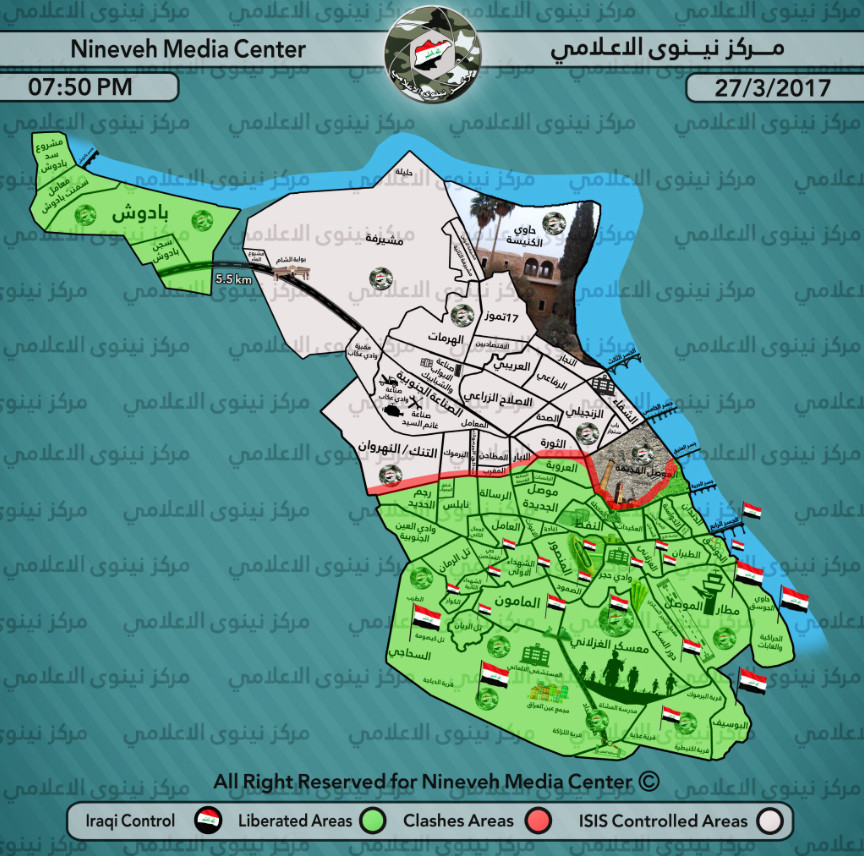
Despite significant gains, Islamic State was still defiantly holding on to whole neighborhoods nearly six months later. Even after clearing the eastern portion of the city, Iraqi troops faced renewed resistance from terrorist fighters as they moved across the Tigris River into the western half in February 2017.
After Trump took office, the Pentagon quickly moved to either loosen the rules of engagement or otherwise ease the process for calling in air and artillery strikes in Iraq and Syria. Some of these shifts may have started before the inauguration. In December 2016, the CJTF-OIR gave unspecified “battlefield commanders” the authority to call in “certain strikes” on their own, according to an Email the command’s public affairs office sent to Time’s Middle East Bureau Chief Jared Malsin.
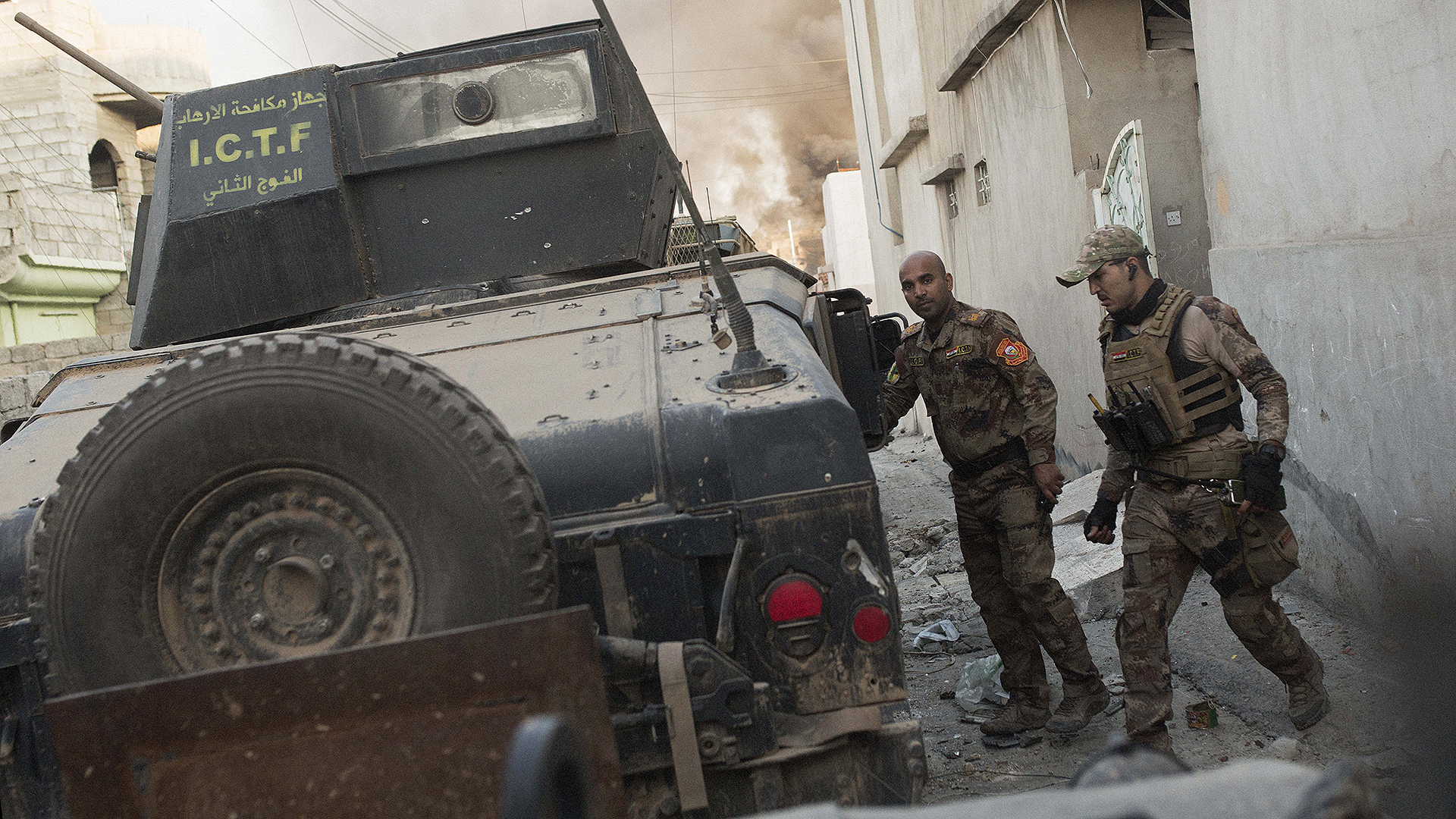
By February 2017, select coalition troops (possibly special operations forces working hand-in-hand with their Iraqi and Kurdish counterparts, such as those in the dark uniforms in Mosul) had the “ability to call in airstrikes without going through a strike cell,” Air Force Colonel John Dorrian told the Associated Press. “There had been a noticeable relaxing of the coalition rules of engagement since President Trump took office,” an unnamed Iraqi special operations forces officer told The New York Times the next month.
Previously, most requests for support had gone through the main coalition command center in Baghdad, where a team of individuals worked to quickly analyze and vet the particular circumstances. This procedure could be slow, taking up precious time troops might not have in an intense firefight. Having American troops embedded in Iraqi headquarters at brigade or even battalion level would streamline the process significantly.
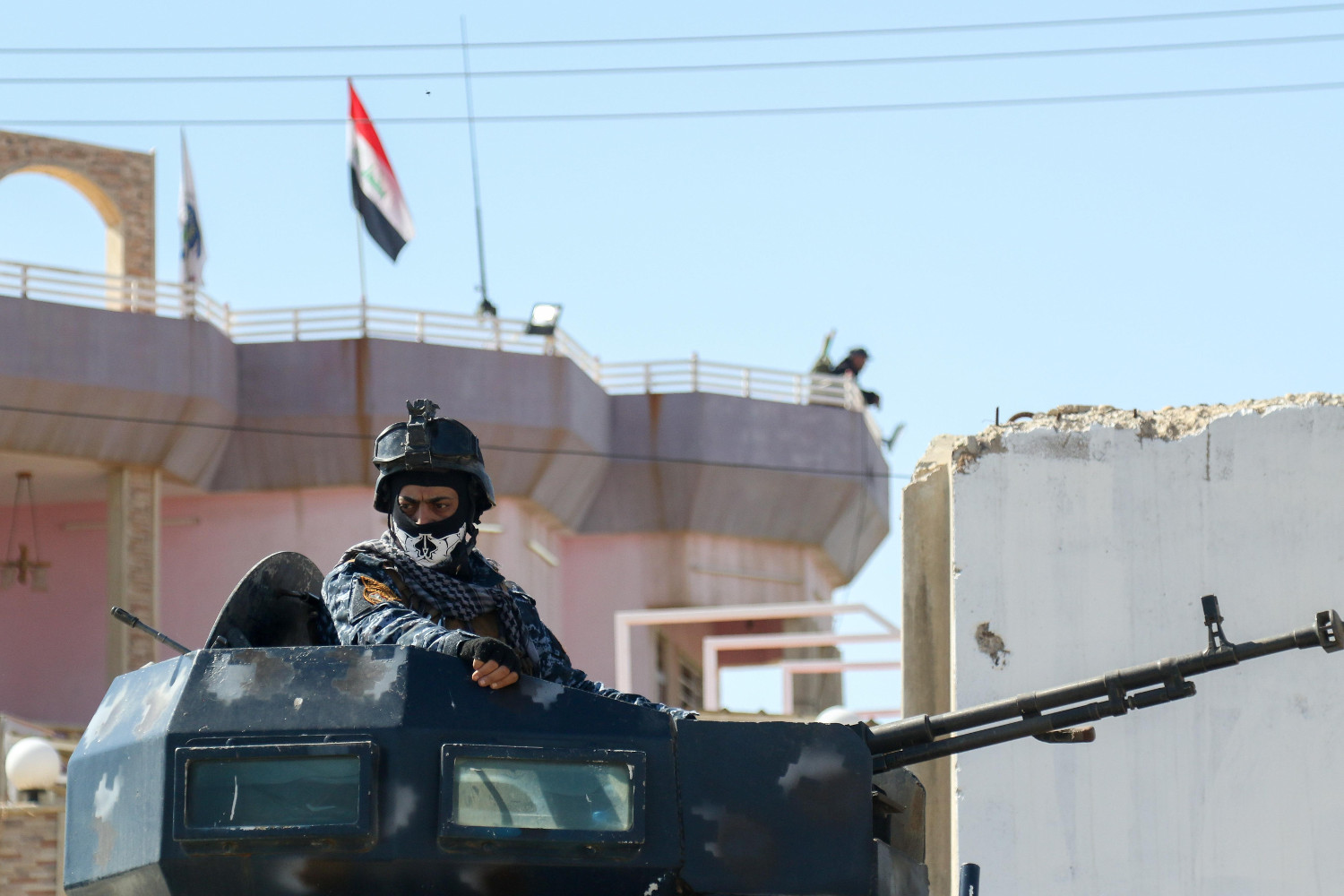
The policy shift might let American troops or their Iraqi partners request fire missions in situations that the Obama administration would have deemed too risky. Fast-flying F-16 fighter jets, low and slow A-10 attackers and lumbering B-52 bombers, among others, had flown daily strike missions since October 2016. However, some Iraqi commanders were reportedly displeased with restrictions in place ostensibly to limit civilian casualties.
For instance, though they did not explain why, as of November 2016, the U.S. Air Force said it had not employed BLU-118/B or BLU-121/B thermobaric warheads in Mosul, nor had it dropped any BLU-122/B deep-penetrating bombs, all of which would have been ideal for destroying tunnels and underground bunkers. It is possible that the Obama administration had concerns about whether these powerful weapons might cause collateral damage.
On March 10, 2017, an Air Force B-52H bomber obliterated a hotel in Mosul that Islamic State had turned into a command center. Based on the spectacular images, the aircraft may have dropped thermobaric bombs, which would be in line with the reported Pentagon rule changes.
Trump’s Pentagon looks poised to similarly escalate operations in Syria, where American-backed rebel forces are preparing hopefully retake Raqqa. In March 2017, the Pentagon admitted a contingent of U.S. Marines had brought M777 howitzers and other equipment to an unspecified site north of Islamic State’s de facto capital in the country. U.S. special operations forces had also began making more visible moves to assert American power in the country, blocking various actors from taking control of the contested city of Manbij and helping local troops launch a daring raid on al Tabqa Dam.
Starting in 2015, American and other coalition partners had expanded the use of tube and rocket artillery to try and be more responsive to the needs of Iraqi forces, but still deliver accurate support without increasing risks of collateral damage or relying on aircraft alone. As of March 2017, American, as well as French troops were still sending shells and rockets into Mosul. Unfortunately, if Mosul has been any indication, the lighter-armed Syrian forces will need at least as much, if not more coalition fire support to overtake Islamic State in Raqqa.
Though ICTS and the rest of Baghdad’s troops continue to make progress, the pace of the Mosul liberation efforts continues to be slow for a variety of reasons.
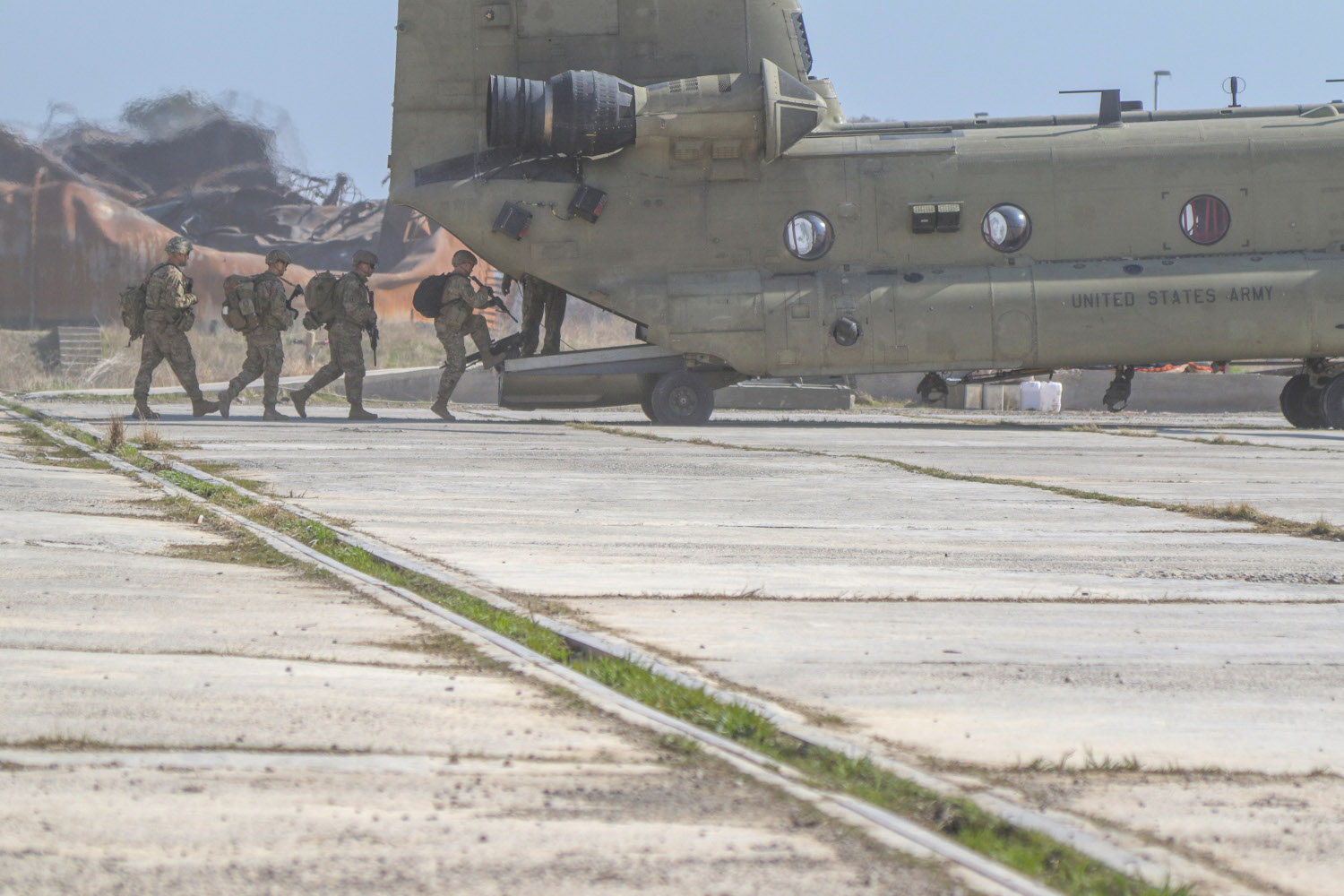
At the most basic level is the matter of how many troops were and still are actually available for activities in Mosul and how effective they are and will continue to be in the weeks ahead. As of January 2016, the Pentagon assessed that it would requirement more than 35,000 troops to secure the city. Two months later, The War Zone’s own Tyler Rogoway pointed out that there were less than 10,000 assigned to Nineveh Operations Center in northern Iraq.
The extra manpower militias and heavily armed paramilitary police have provided has been of mixed quality at best. By December 2016, the fighting had become a grueling war of attrition on the city’s streets. ICTS and the separate, but equally elite Rapid Response Division risked ending up effectively destroyed in the sluggish, block-by-block fighting.
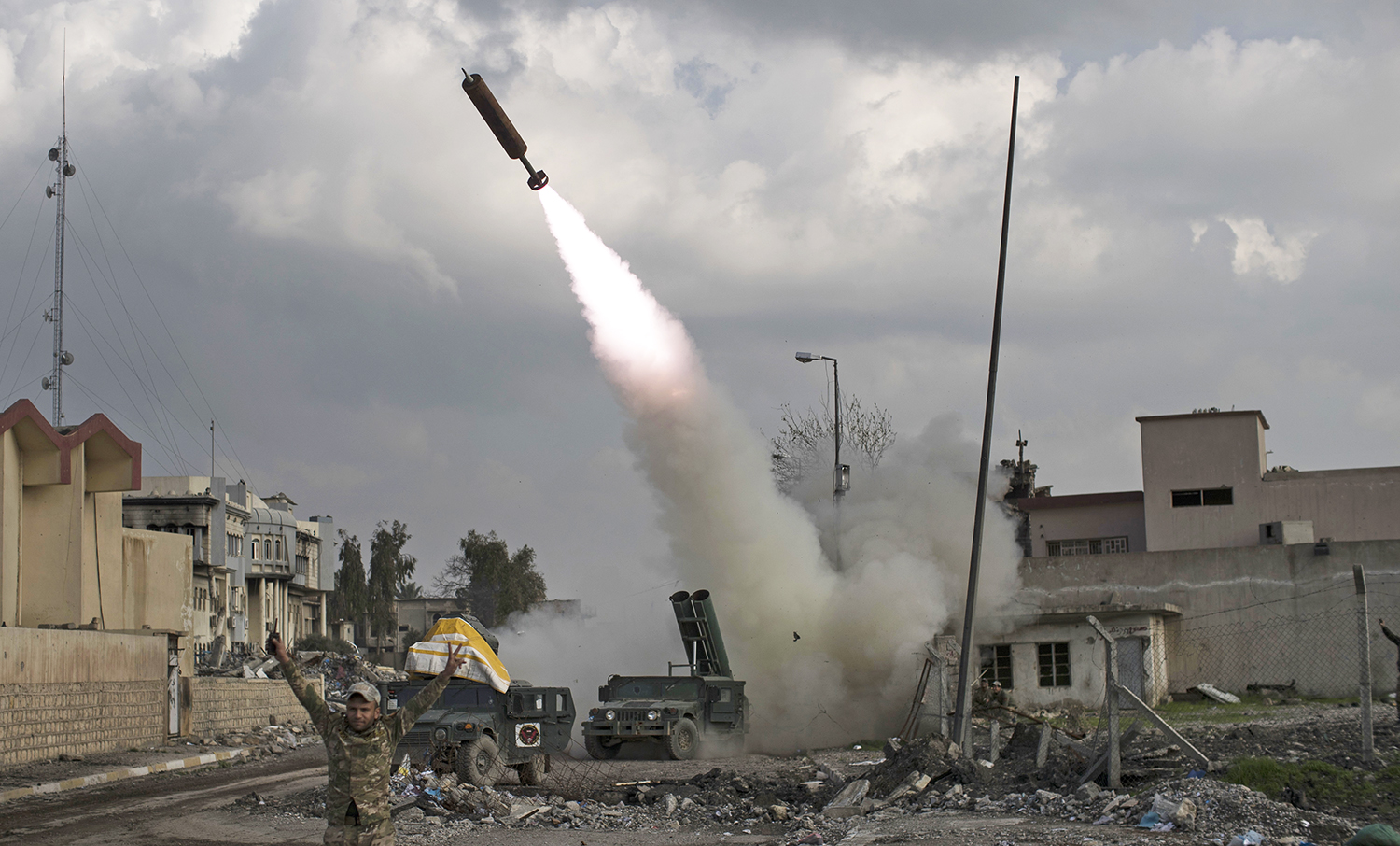
The most experienced battalions within ICTS’ Golden Brigades “are suffering upwards of 50 percent casualties,” an unnamed Pentagon source warned Politico in December 2016. “If that rate stays constant the division could become combat ineffective in a little over a month, and perhaps even sooner.”
Authorities in Baghdad have been loathe to give any official figures about just how many of its troops have died in the Mosul campaign. In November 2016, nearly 2,000 Iraqi and Kurdish troops died across the country, according to an estimate from the United Nations.

From the very beginning of the Mosul operation, Baghdad’s forces faced a constant deluge of old and new threats. Well before the mission started, the Pentagon worried about booby-traps and chemical weapons, which could both cause mass panic among both troops and civilians and otherwise slow down operations. Tunnel networks that allowed fighters to move quickly between locations without detection were another major concern. On top of all that, Mosul was simply a dense urban area full of innocent bystanders, who Islamic State could actively use as human shields.
But, by far, the biggest danger has been Islamic State’s stepped up use of suicide bombers driving extremely powerful vehicle-borne improvised explosive devices (VBIED). In workshops across the city, terrorists continue to pack cars, trucks and even heavy construction vehicles with huge explosive charges.
Added armor plating made the vehicles resistant to incoming fire and harder to for government security forces to disable them at a safe distance. Since January 2017, numerous photos circulated on social media of these self-propelled bombs painted to look like regular sport utility vehicles and cars, possibly to try and hide them from coalition warplanes, as well.
And then there’s Islamic State’s drones. The terrorists became adept at using small, commercial quad- and hex-copter types to find Iraqi security forces, guide VBIEDs to their targets, spot for artillery elements and just grab footage for slick propaganda videos. Some of the toy-like remote control aircraft can even drop improvised bombs fashioned from captured ammunition.
In the meantime, the Trump administration’s increased air and artillery attacks have led to a similar surge in claims of civilians getting caught in the crossfire. Critics of the new policy have expressed concern that these incidents could undermine any long-term gains against Islamic State, while monitoring groups have been startled by the volume of additional allegations.
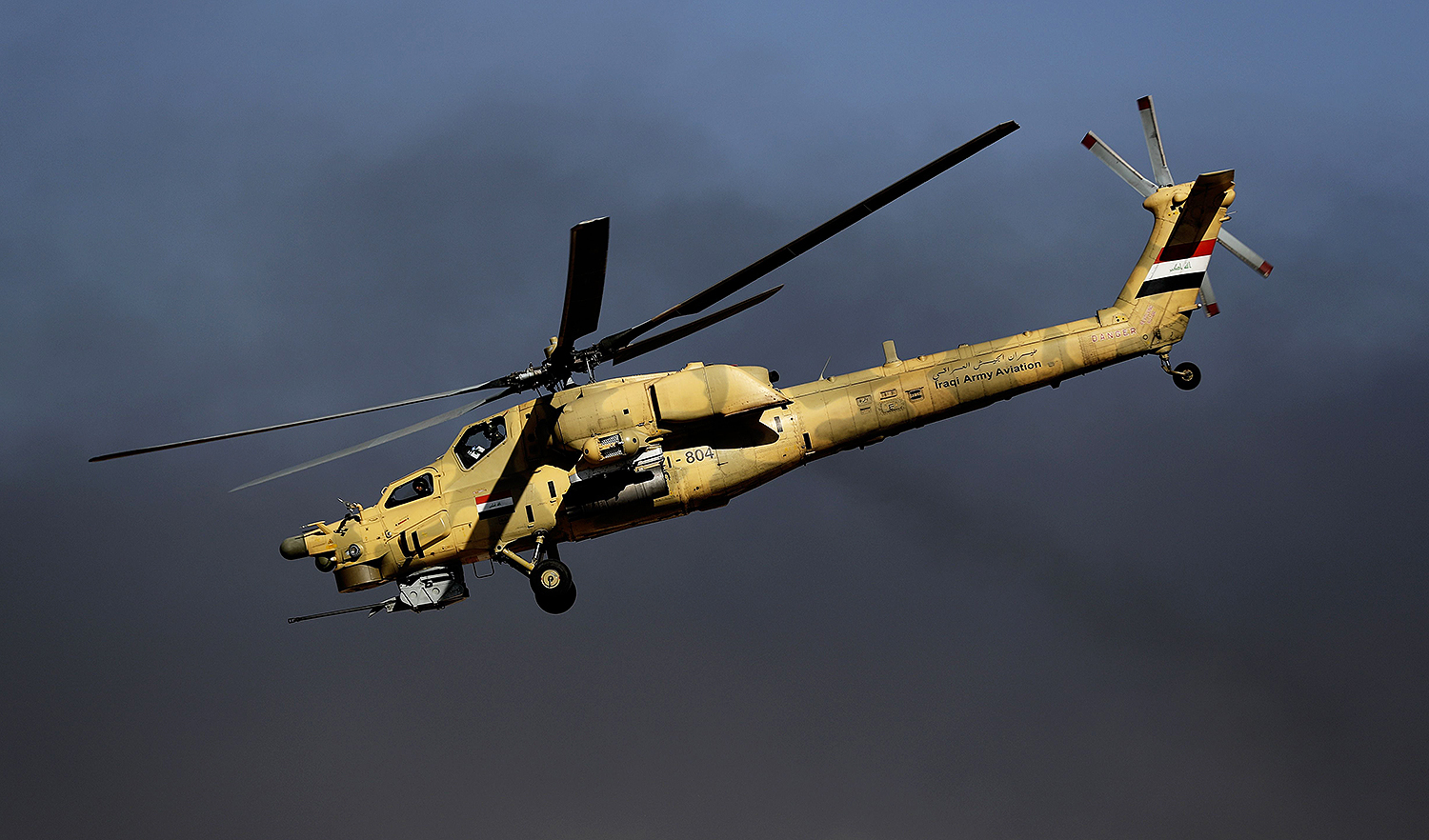
“Since January and for the first time since Moscow’s intervention in Syria, alleged Coalition civilian casualty incidents in the war against ISIL [Islamic State] have outstripped claims against Russia,” independent monitoring group Airwars explained in a press release on March 24, 2017. “Almost 1,000 civilian non-combatant deaths have already been alleged from Coalition actions across Iraq and Syria in March—a record claim.”
Particularly worrisome, on March 17, 2017, coalition warplanes reportedly hit a number of buildings in Mosul, killing more than 100 civilians. The Pentagon acknowledged it had flown missions in the area at the time and had begun the process of investigating the incident, but said the strike was “at the request of the Iraqi Security Forces” in an official statement.
This indicated that Iraqi forces might have been calling in coalition fire support without advisers on the scene to adequately assess the situation, which in turn might be a component of the revised rules of engagement. So far, in spite of these criticisms and concerns, the Trump administration shows no sign of decreasing the total number of strikes or slowing the flow of American troops into the region.

“There is no military force in the world that has proven more sensitive to civilian casualties,” Mattis said at a press conference on March 27, 2017. “We are keenly aware that every battlefield where an enemy hides behind women and children is also a humanitarian field, and we go out of our way to always do everything humanly possible to reduce the loss of life or injury among innocent people.”
“The same cannot be said for our adversaries, and that’s up to you to sort out,” he added.
Regardless of any policy changes, as Iraqi troops move in to retake Mosul’s Old City, the battles are sure to become especially pitched and bloody. Nuri Mosque, where Abu Bakr al-Baghdadi declared himself a caliph of a new Islamic empire in 2014, sits within sight inside the neighborhood. Islamic State would suffer a massive blow to its standing if and when government troops finally reclaim the site.
However, this loss alone isn’t likely to break the terrorist group’s resolve. “The military power of the coalition will remain where this fraudulent caliphate has existed in order to set the conditions for a full recovery from the tyranny of ISIS,” Secretary of State Rex Tillerson said on March 22, 2017, indicating American involvement in the fighting and stabilization process could continue for months or even years.
And while it hasn’t yielded any definitive results just yet, the Pentagon’s new strategy is clearly still evolving and it may be a while yet before we can truly know whether it’s working or not.
Contact the author: joe@thedrive.com
